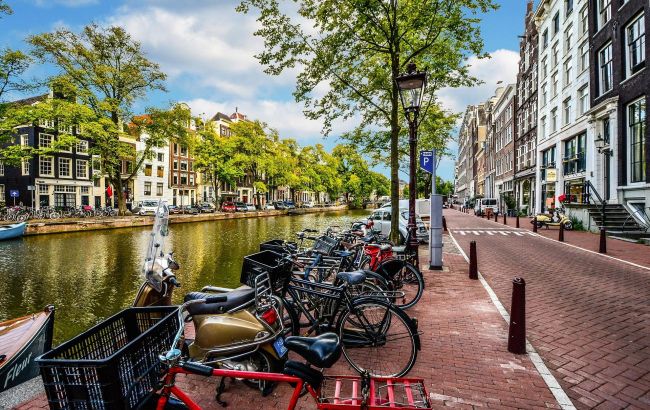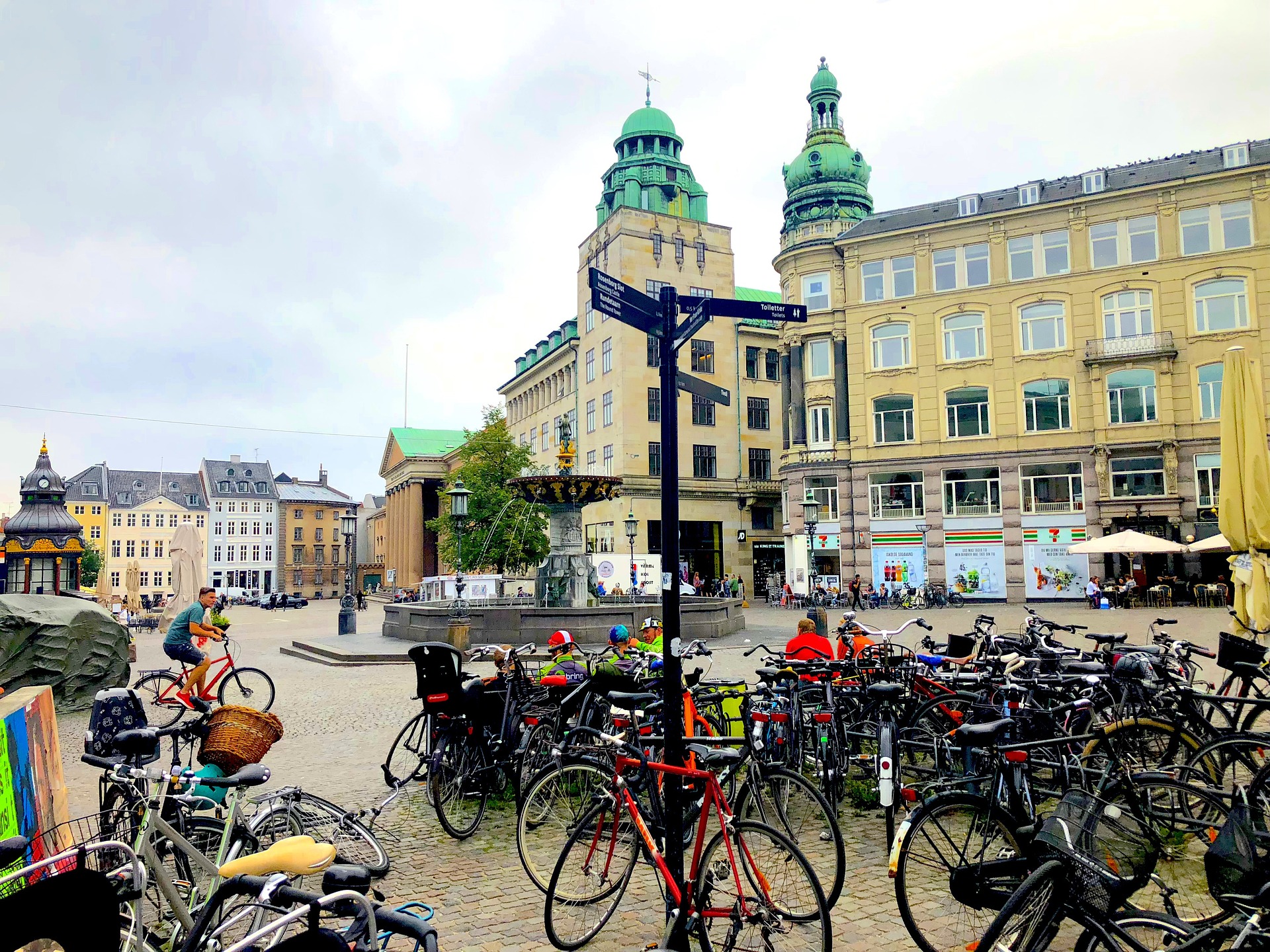From Sweden to Italy: Europe's top cycling nations
 Photo: Bicycles in Amsterdam (pixabay.com)
Photo: Bicycles in Amsterdam (pixabay.com)
In Europe, using a bicycle instead of a car or public transport has long become a common practice. However, the percentage of people who pedal every day remains low. Which European countries and cities have the most people cycling to work and for errands is reported by euronews.com.
How many Europeans use bicycles daily?
In the European Commission's study on the quality of life in European cities in 2023, over 70,000 Europeans from 83 cities in the EU, the UK, Norway, Switzerland, Western Balkan countries, and Turkey participated. They were asked about various aspects of their lives.
It turns out that on average, 14% of those surveyed use bicycles as a means of transportation in the city. The proportion of cyclists depends on the size of the city – the larger the population, the fewer people are willing to pedal and travel distances on two wheels.
If in cities with a population of less than 250,000, 16% of residents cycle, then in million-plus cities, cyclists make up only 14%.
 Photo: Two-wheeled transport in Amsterdam (pixabay.com)
Photo: Two-wheeled transport in Amsterdam (pixabay.com)
In which cities and countries are there the most cyclists?
The highest number of cyclists can be seen in the northern part of Europe. Every third resident uses a bicycle daily in only three cities, two of which are capitals.
These are Groningen (Netherlands), Amsterdam (the capital of the Netherlands), and Copenhagen (the capital of Denmark). These cities have a relatively low population density. However, residents are less satisfied with the transportation system.
Among the top ten countries with the highest bicycle usage are cities in northern countries – Belgium, Sweden, Finland, Austria, and Germany.
- Groningen (Netherlands) – 46%;
- Amsterdam (Netherlands) – 39%;
- Copenhagen (Denmark) – 35%;
- Rotterdam (Netherlands) – 28%;
- Antwerp (Belgium) - 28;
- Aalborg (Denmark) – 26%;
- Malmo (Sweden) – 26%;
- Oulu (Finland) – 23%;
- Graz (Austria) – 21%;
- Hamburg (Germany) – 21%.
And the fewest enthusiasts of city cycling are among urban dwellers in southern and eastern European countries. In Rome, only 5% of the population cycle daily, in Belgrade and Vilnius – only 6% of respondents. Fewer people enjoy cycling in Madrid, Sofia, and Istanbul as well.

Photo: Streets of Copenhagen (pixabay.com)
Who cycles more among urban residents?
The survey results showed that men cycle more frequently on a daily basis. Moreover, there are more cycling enthusiasts among the youth – 16% of residents aged 15 to 24, compared to only 13% among those aged 55 and older.
Additionally, there are more bicycle users among people with higher education, singles, but significantly fewer among retirees and the unemployed.
Approximately 48% of city dwellers use cars daily. In most countries, the capital has the lowest level of car use. There, public transportation is better developed.
The European Cyclists' Federation provides other data primarily related to bicycles. It is noted that the level of bicycle use in cities is greatly influenced by the developed network of bicycle lanes.
 Photo: Men use bicycles more often (pixabay.com)
Photo: Men use bicycles more often (pixabay.com)
The Federation calls on leaders to adopt the European Cyclists' Declaration to significantly increase the number of safe cycling infrastructures in Europe.
We wrote about the most welcoming cities in Europe to visit in 2024.
We also discussed which European cities were recognized as the safest in 2023. Residents there can stroll peacefully alone at night.

